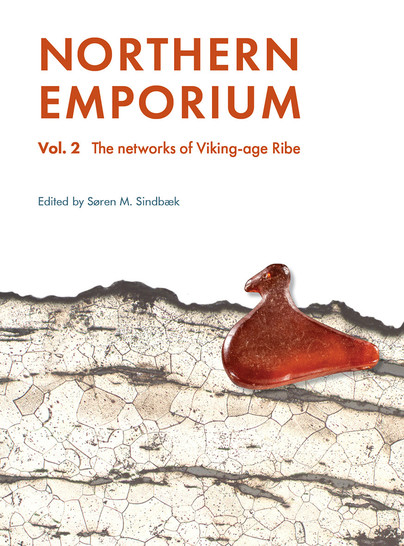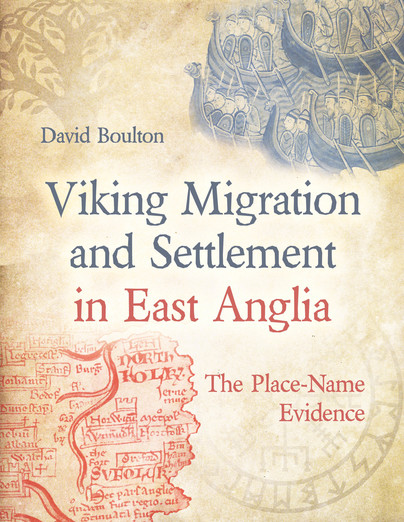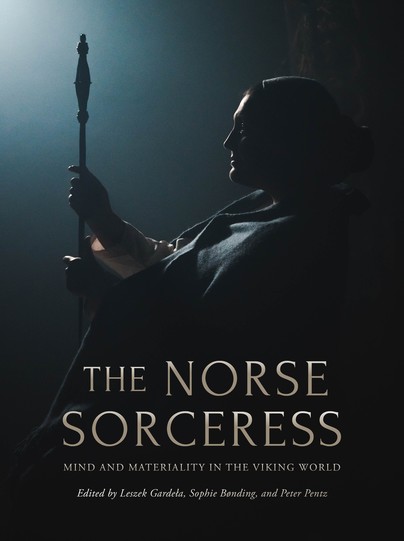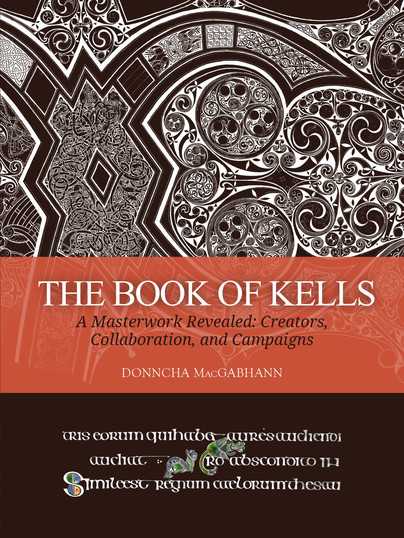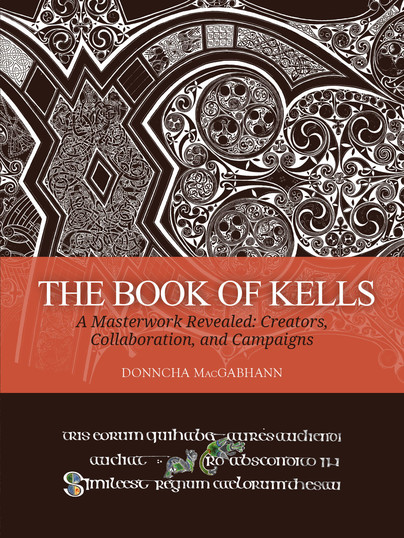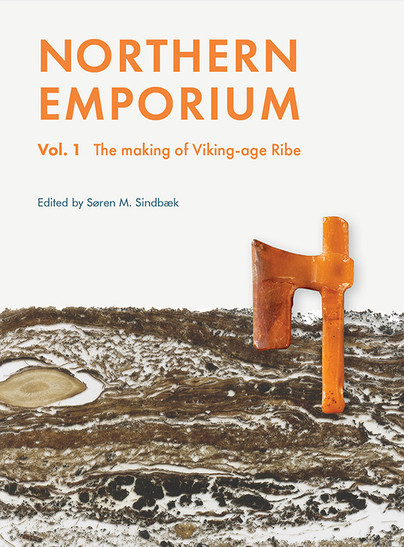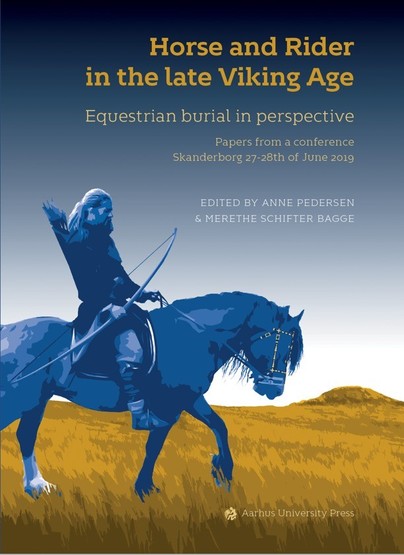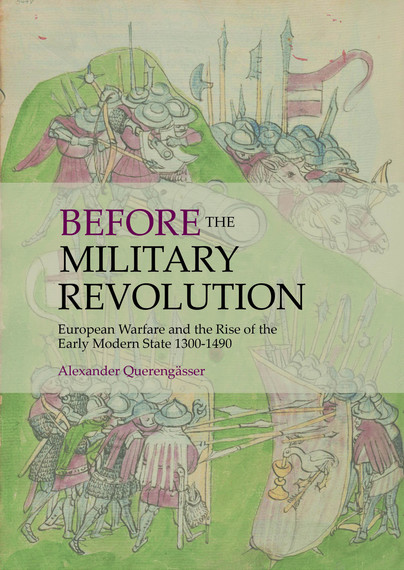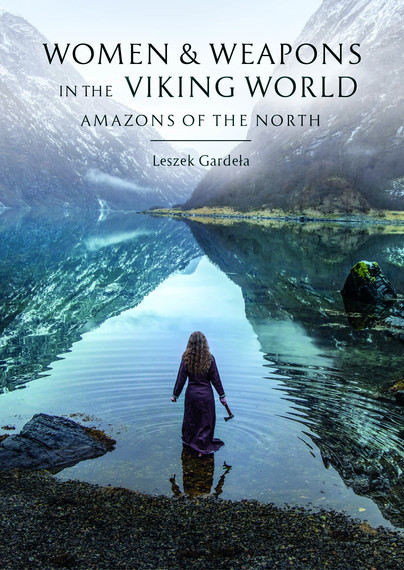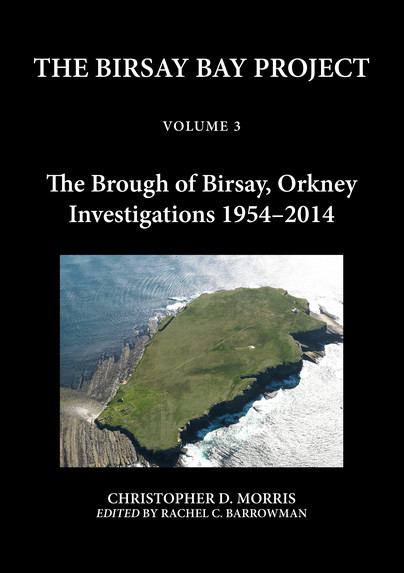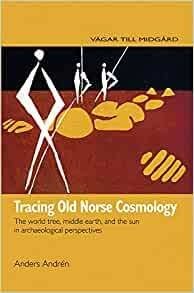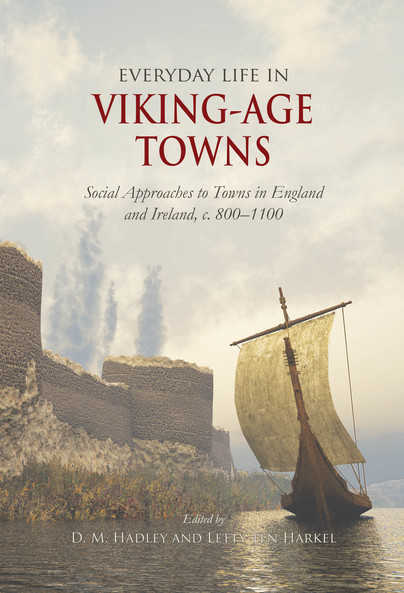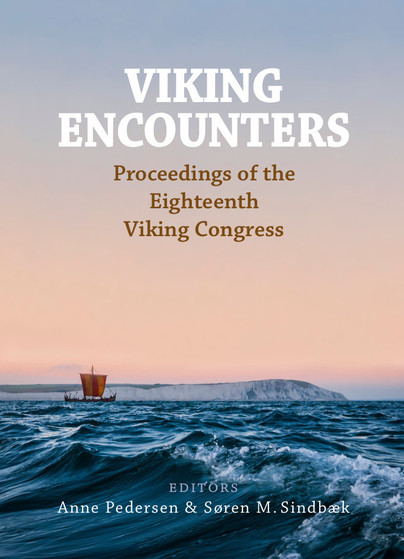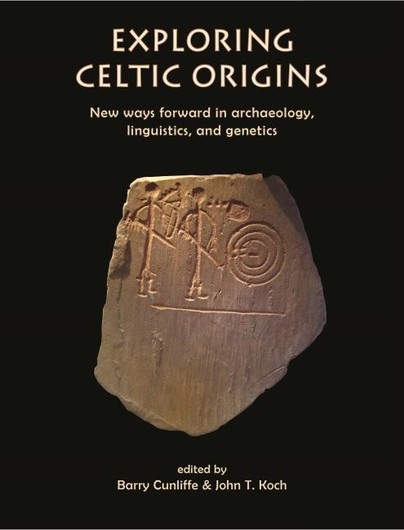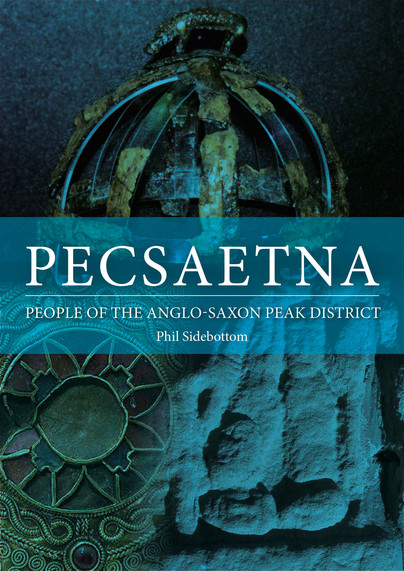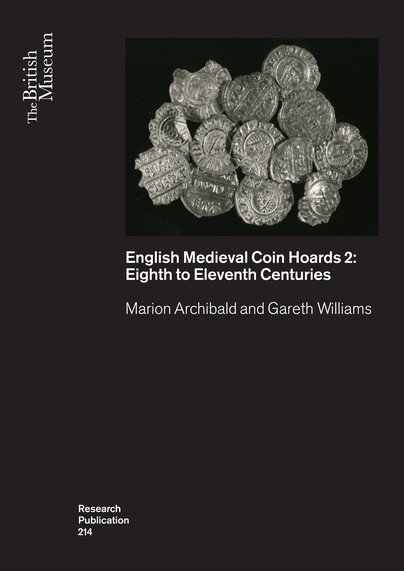
Format: Paperback
Pages: 130
ISBN: 9780861592142
Pub Date: 15 Sep 2024
Imprint: British Museum Press
Series: British Museum Research Publications
Description:
This volume presents details, images and discussion of the contents of twenty English coin hoards, ranging in date from the 730s to the 1090s. Found between the 1960s and 1990s, all were studied by the late Marion Archibald at the British Museum but have never been published in full before now. Each hoard is the subject of its own chapter, with discussion of the discovery, and of the historical context in which the hoard was buried, before a catalogue of the relevant coins.

